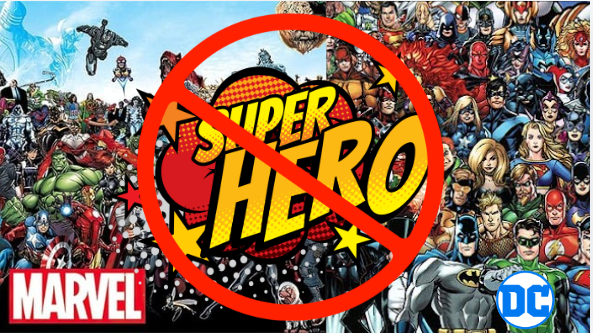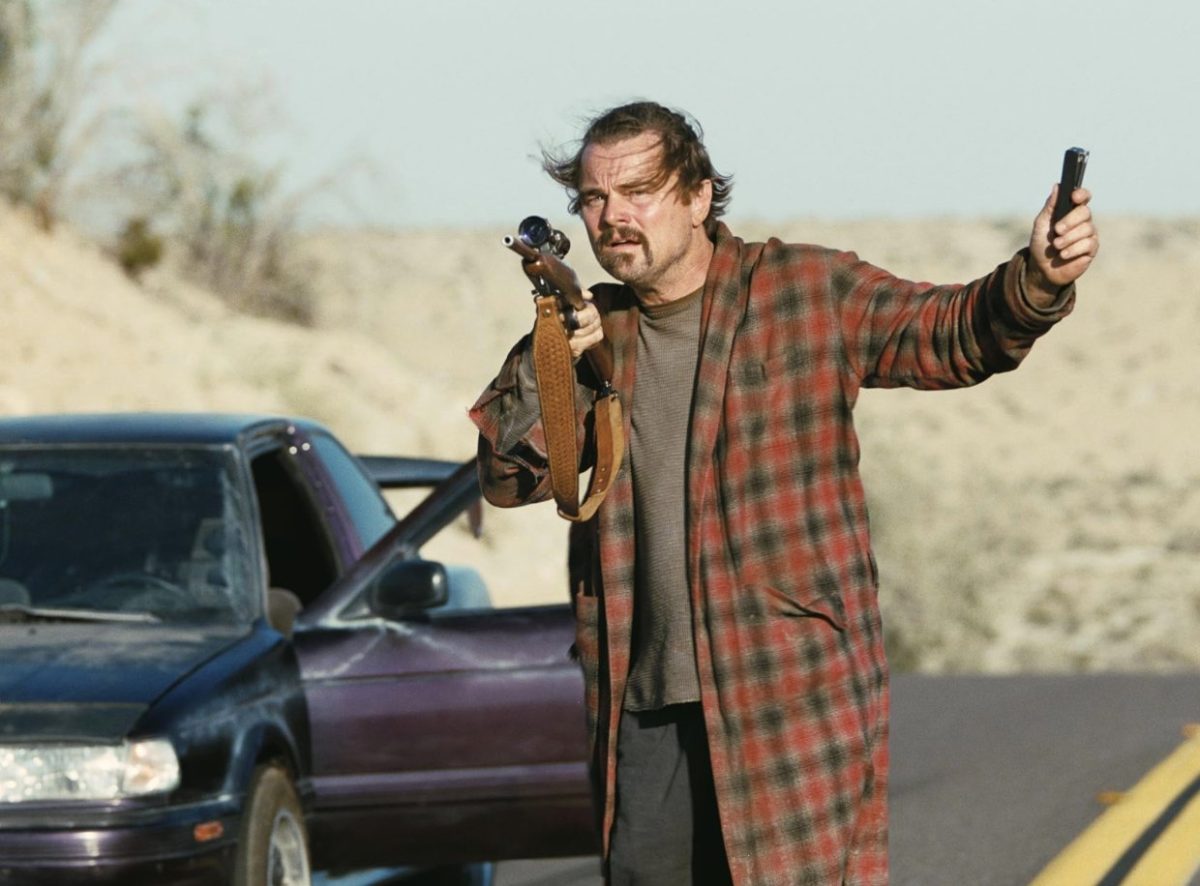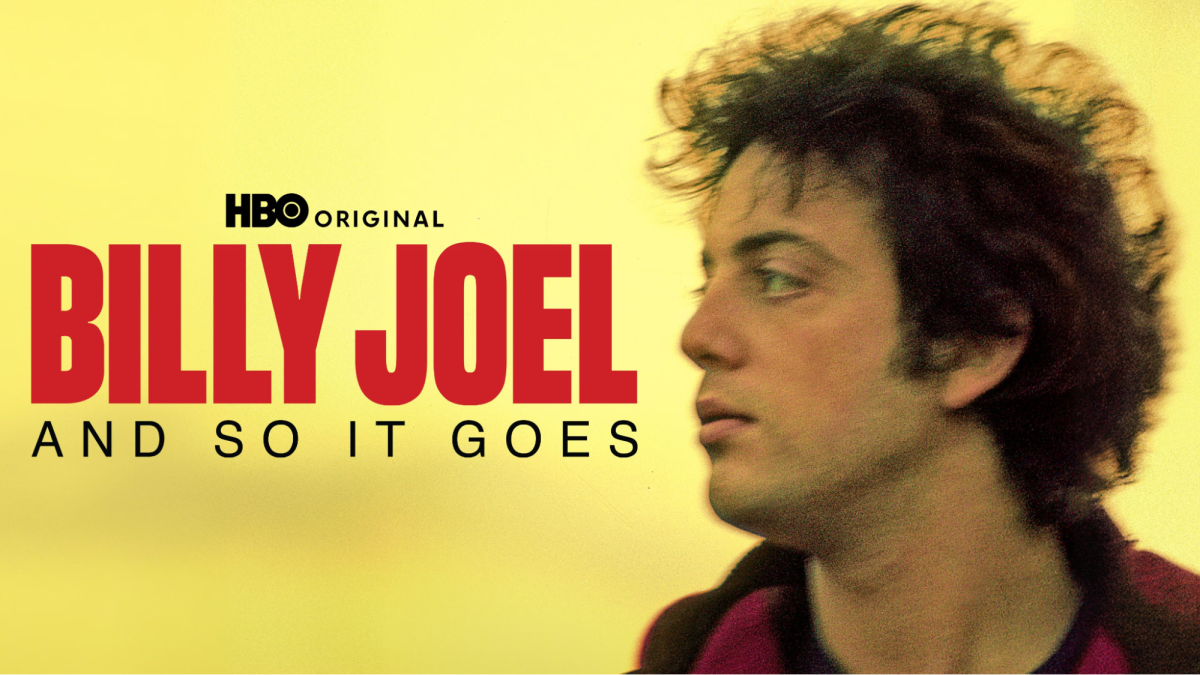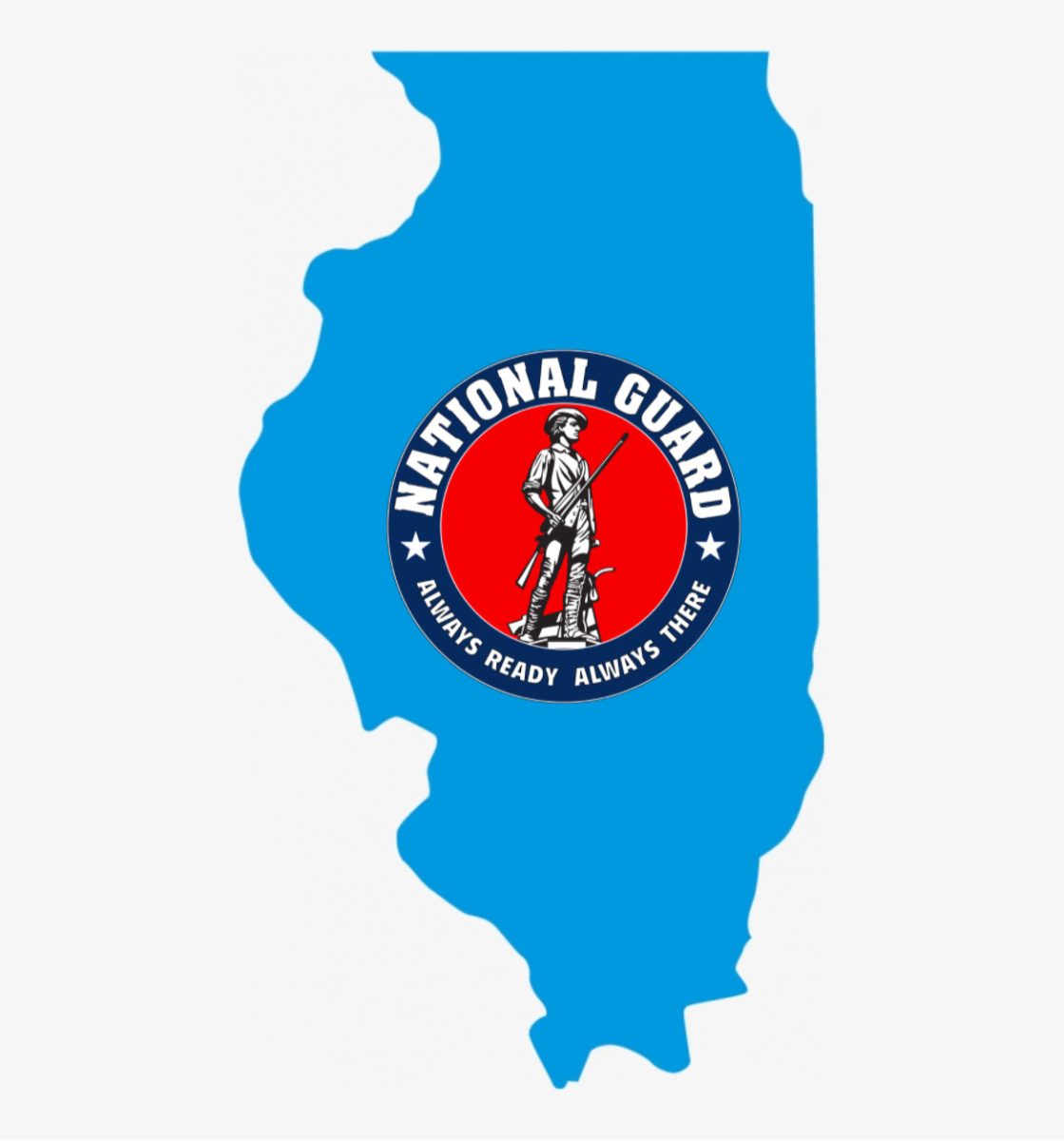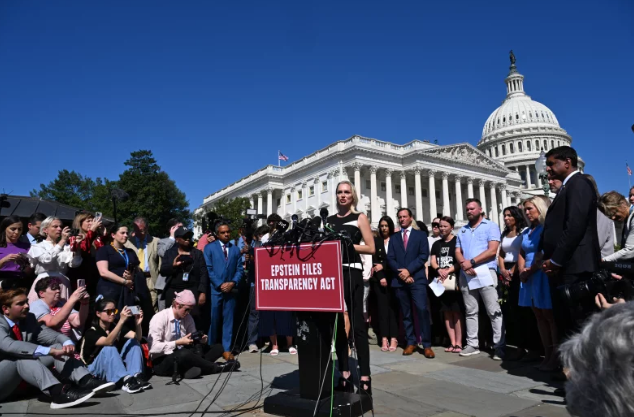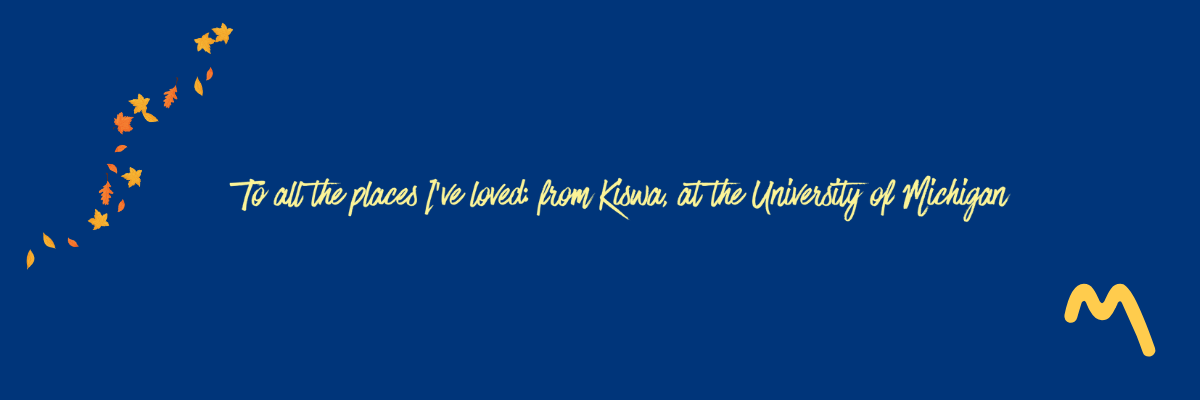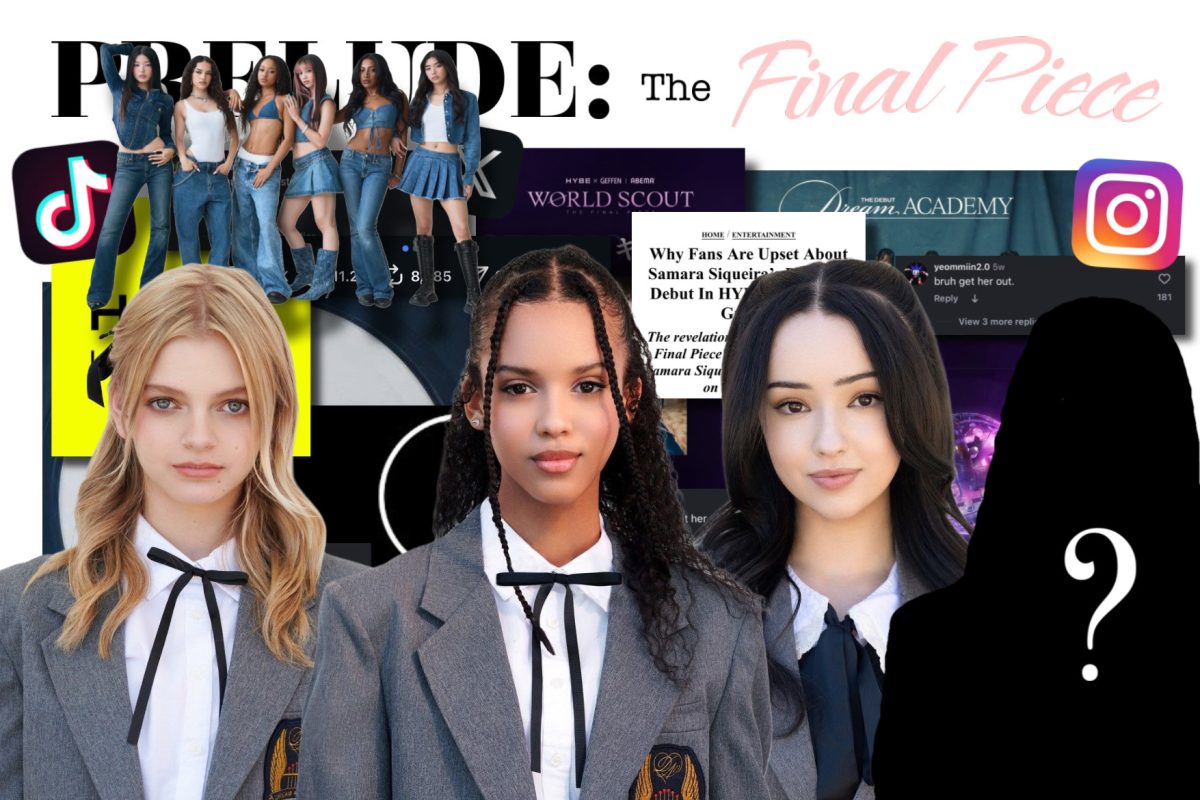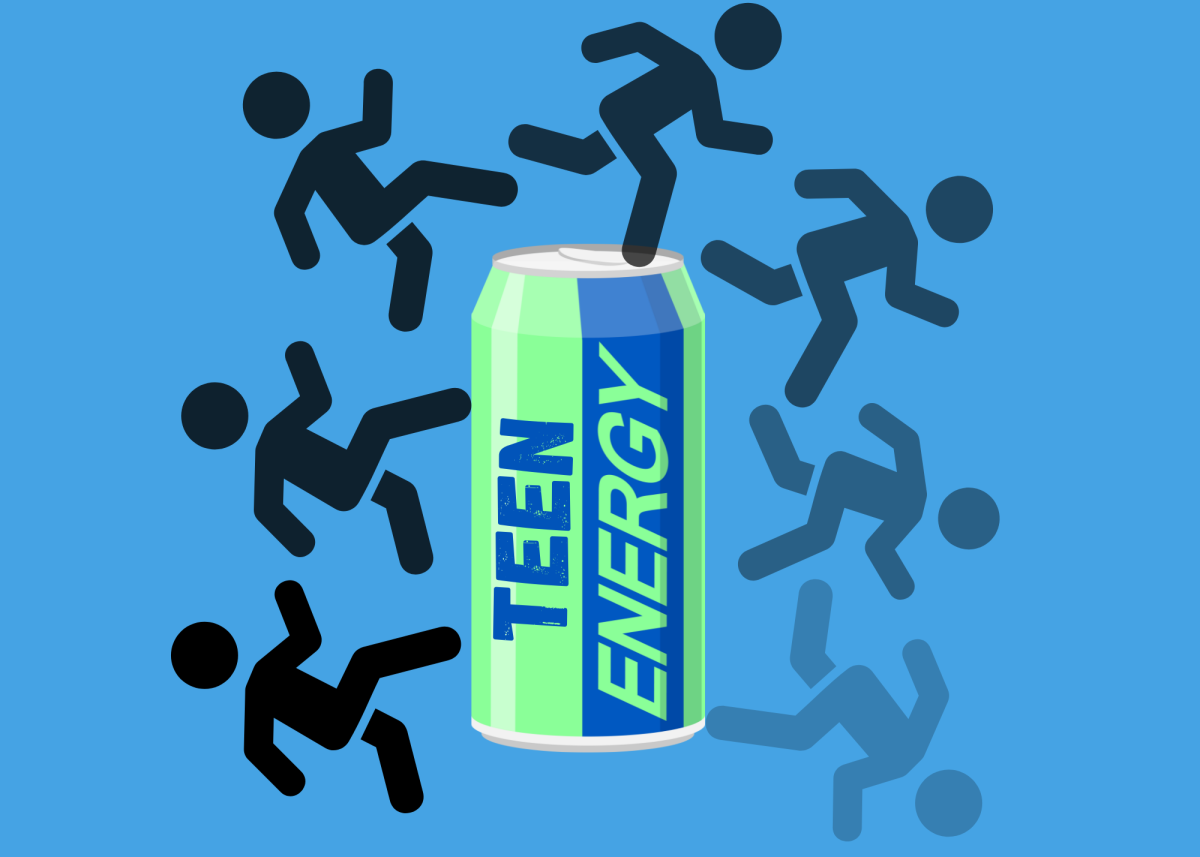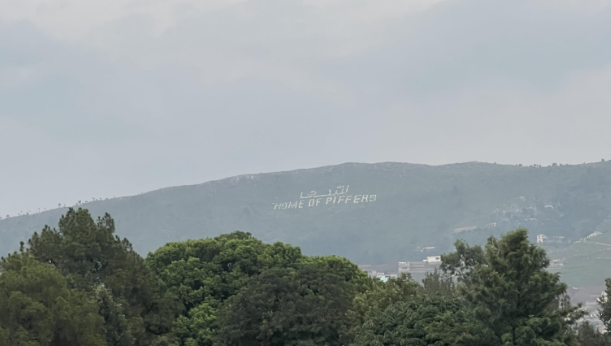SJ Richold, author and artist of The Superbabies comic series (run by the company of the same name), almost had his series stopped. DC Comics attempted to stop Richold’s efforts to promote his series and threatened legal action. The company claimed that the series’ use of the term “super babies” was too close to the term “super hero,” one of four terms—including super heroes, superhero, and superheroes—trademarked by Marvel and DC collectively. This caused Richold to question why the industry giants owned the trademark to a whole genre, so he challenged them to it.
Richold requested to invalidate the trademarks, stating that not only can you not trademark an entire genre, but a joint trademark owned by two competitors couldn’t even function as a trademark because the use would not serve as an exclusive indicator of origin. After neither Marvel nor DC responded, Superbabies moved to a default judgment. Marvel and DC Comics also did not respond to Superbabies’ motion, and the Trademark Trial and Appeal Board granted default judgment and ordered a cancellation of the “super hero” and “super heroes” registrations. The day after, the United States Patent and Trademark Office canceled the joint patent over the terms.
Some people may not even have noticed that the terms were trademarked, and there’s a good reason. Not only have Marvel and DC dominated the comic industry for decades, but both companies have also received plenty of big-screen adaptations and animated series, leaving other companies in the dust. From the countless projects in the Marvel Cinematic Universe (MCU) to the assortment of animated DC shows and movies, it’s understandable why your average person may not have heard of any superheroes outside of the big two companies.
“Marvel/DC losing the trademark is probably one of the better things to happen in the comics space recently,” Niles North alumni David Stasevsky said. “There are so many artists out there making the superhero genre better and more diverse, and this is one less roadblock in their way. Marvel/DC aren’t tiny little comic publishers barely scraping by; they’re [owned by] two of the biggest media conglomerates (Disney and Warner Bros. respectively) in America now. They’ll be fine.”
The superhero genre is filled to the brim with diverse and interesting stories. Not all of them come from the big two publishers. The comic book industry has been monopolized by Marvel and DC for a very long time, but that hasn’t stopped independent creators from making their own art. What it does mean, however, is that these independent comics have a much harder time gaining traction and becoming household names. Here are just a few superhero comic series that aren’t in the Marvel or DC universes:
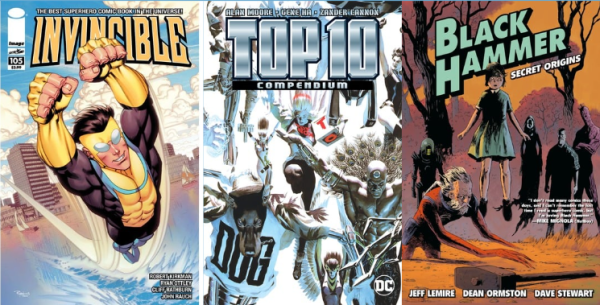
“Invincible”
Invincible is a superhero story about managing your work-life balance (when your work means risking your life and traveling to space away from your loved ones for extended periods). The comic series follows Mark Grayson, a half-human, half-alien high schooler struggling to fill his superhero father’s incredibly large shoes. Invincible has a substantial amount of blood and gore, but its heartfelt moments hit very hard. Invincible is great for high schoolers who may be dealing with the hardships that come with being a teenager like trying to figure out your place in the world and what the best next step for you is.
In addition to its relatable characters and exciting action, Invincible is also noteworthy for being the first independent superhero comic to “blow up” and receive an animated adaptation. The animated adaptation of Invincible is available on Prime Video. It was created and produced by Robert Kirkman, who is most well known for creating The Walking Dead comic series. Invincible’s animated series has an impressive 99% on the Rotten Tomatoes’ Tomatometer and earned 8.7/10 stars on IMDB. It was announced on Oct. 15 that the animated series would also receive a third season, premiering on Feb. 6.
“Top 10”
Written by Alan Moore and illustrated by Gene Ha and Zander Cannon, Top 10 is set in a world where most of the population has superpowers and wears a costume. The series follows the day-to-day lives of the police officers in precinct 10 as they navigate life and crime in the city of Neopolis. From mundane traffic stops to keeping Kaiju (giant monsters) from destroying the city, Top 10 can be described as a series where Marvel and DC meet Law & Order.
“Black Hammer”
Written by Jeff Lemire and illustrated by Dean Ornston, Black Hammer is set in a small rural American town where a strange family harbors a dark secret: they’re superheroes from another dimension and they’ve been trapped here for 10 years. The series explores the heroes’ struggle to adapt to their new life while forced to be a nuclear family.
As incredible as Marvel and DC stories can be, it’s important to give some love to the independent creators, whose lives work is put up against these giant megacorporations. It’s good to stand up for the little guy and underdog and to never forget how much time, effort, and love artists put into their craft. If you’re ever interested in getting into comics, it’s a great idea to take a look at some of these independent publishers.


